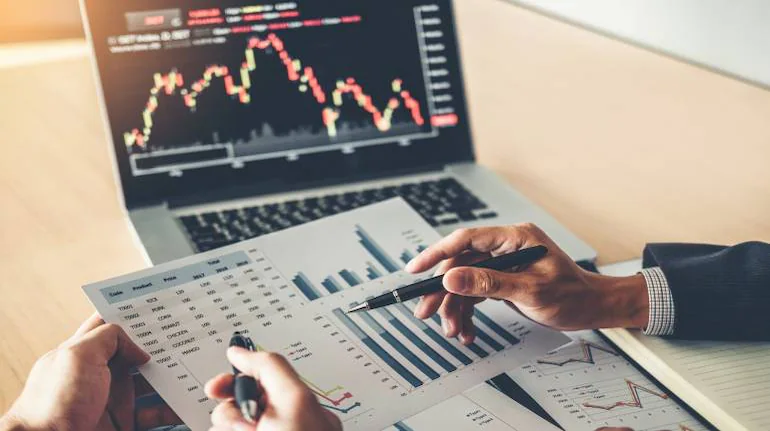The most well-known resources that most investors go for are stocks, land, gold and bonds. In any case, the concept of investing in an exchange-traded fund or ETF seldom discovers a notice. Numerous investors, whom somebody have connected with and who have been investing in the stock markets for decades, were confused when he/she raised the subject of investing in an ETF. Their first inquiry was “What’s an ETF?”
An ETF, commonly, takes the whole list of securities in a specific index and fosters a basket with them in a similar proportion as they lie in the index. In contrast to a mutual fund, an ETF trades on the index and can be purchased and sold whenever during market hours. The cost of an ETF vacillates relying upon the net asset value (NAV) of the underlying basket of securities.
To invest in an ETF, you should initially focus in on the market you wish to invest in. Markets from the US to India to even others have ETFs of different sorts. From that point onward, you can decide whether you wish to invest in a more extensive index ETF or in a particular sectoral ETF. For example, on the off chance that you wish to invest in just the metals sector, rather than singling out specific stocks, you can put straightforwardly in, say, Vanguard Materials ETF.
Liquidity is one of the main viewpoints you need to think about prior to picking an ETF. It is prompted that you invest in ETFs with higher liquidity as they will have a lower bid-ask spread.
Does liquidity have a proxy? It does. That is as resources under management (AUM). AUM of an ETF can be calculated by increasing the exceptional shares by the market cost per share. The AUM of an ETF is liable to change. Higher the AUM, the more prominent the liquidity of the ETF.
Another significant angle that you need to consider is the cost ratio. It is a annual fee charged by a fund to cover its costs. For example, the Vanguard S&P 500 ETF has an expense ratio of 0.03 percent. This implies that it uses 0.03 percent of its total assets for cover its costs. The total expense ratio (TER) can differ from one fund to fund, and a lower expense ratio doesn’t ensure high returns.
As ETFs are not actively managed, they are additionally cost-effective when contrasted with a mutual funds. As they reproduce the benchmark index, the constituents are accessible for your scrutiny at all times.
In conclusion, ETFs offer different advantages and can be considered as an investment option. The allocation can rely upon your financial objectives and investment needs.
Disclaimer: The views, suggestions, and opinions expressed here are the sole responsibility of the experts. No journalist was involved in the writing and production of this article.

